The session discussing the ideal cow for a ‘post-quota world’ at the Irish Grassland conference compared two spring-calving farmers who had made different breed choices to fit into a similar production system. Both farmers have a very good herd EBI despite both herds having undergone significant expansion in the last number of years.
Spring milk farmer Jim Delahunty farms near Birr on the Tipperary-Offaly border and has been using black and white Friesian genetics to breed a cow that will deliver good fertility and milk. Jim has grown his herd from 41 milking cows in 2005 to 106 milking cows in 2013. His herd EBI is €201, which puts it in the top 1% of herds in the country when ranked on this basis.
Last year Jim’s herd delivered 457kg of milk solids on grazed grass and 880kg of meal fed per cow. This equates to 5,600 litres produced at 4.39% fat and 3.53% protein.
Shane Chambers farms near Bandon in West Cork and he had a Holstein Friesian herd until he started crossbreeding in 2004 and now 120 of the 166 cows he is milking are Jersey crossbreds. Shane was milking 92 cows in 2002 and last year he milked 166 cows. His herd EBI is €173.
Shane was calving from September to March before he converted to spring calving in 2003 and cows went to grass straight after calving. Shane said his herd struggled with this change of system and lost condition and fertility declined. Pregnancy rate to first service came in at 40% with a 28% empty rate for a 13-week breeding season.
In two years Shane culled 54% of the herd. He purchased 20 high-fertility Friesians to reinforce his homebred replacements to maintain and grow herd numbers. Shane slowly started using Jersey sires to breed herd replacements and in 2013 his pregnancy rate to first service was 57% and his empty rate after 13 weeks was 7%. Last year Shane’s mainly crossbred herd produced 380kg of milk solids per cow on grazed grass and 610kg of meal.
Future targets
Jim has decided to stay with black and white genetics and his current breeding goals are to continue with selecting high EBI Friesian sires with combined milk solids over 25kg.
His target is to select bulls with a fertility EBI over €125 and milk volume of +150kg. This year Jim has decided to use 100% sexed semen. His performance target is to produce 500kg of milk solids per cow (1,850kg MS/ha) or approx 6,000 litres delivered at 4.5% fat and 3.55% protein. In terms of fertility, he would like to see 100% of the herd calved in 10 weeks and less than 10% empty at the end of breeding.
I asked Jim was he slightly concerned that his fertility had slipped in the last two years (19% empty in 2012 and 16% empty in 2013). He said he had some possible reasons for the slight decline but would watch it closely in coming years. His 2014 bull panel include RPA, PBM, PKR, KSK and DGC, which are all genomic sires.
For his crossbred herd, Shane has plans to shorten the breeding season to 11 weeks and have 90% calved in six weeks with an empty rate of 5%. He intends to select sires with a fertility EBI over €140 and deliver 450kg of milk solids per cow with a replacement rate of 18%.
On the day of the conference, Shane emphasised that he feels the industry needs to keep an emphasis on fertility and health traits: “The farmer needs to make a concerted effort to supply ICBF with the health records from their herd; the industry needs to search for more outcross sires as I feel the gene pool is narrowing and it is important to develop genomics for a crossbred animal.”
Jim Delahunty called for similar issues to be addressed on herd health as he feels resistance to herd health issues is heritable. He is conscious that herd health is so important in terms of developing an easy-care and labour-efficient herd.
Jim isn’t sure if €125 is a high enough target for fertility EBI and he also wants more emphasis on the industry to deliver easy-calving, short-gestation beef AI sires that will deliver calves that could be easily sold from the dairy farm at an early age.
One farmer from the audience asked what potential performance could be expected from the black and white herd if Jim Delahunty decided to use the best Jersey genetics on his high EBI black and white herd. Frank Buckley suggested that because Jim had such a high EBI herd, the benefit for his herd would be much smaller than if Jersey sires were used on the national herd.
Nevertheless, Frank suggested Jim could expect at least 20kg of milk solids per cow per year with improved fertility and research results were available to back this up.
EXPERT VIEW
Speaking at the conference, ICBF’s Francis Kearney said hybrid vigour is not accounted for in EBI and that the expected boost in performance depends on the breeds involved but can add an extra €100 to cow performance. He continued that high EBI bulls should be used regardless of the breed used. Francis said, “EBI is taking us towards a more fertile, robust, and healthier cow that are genetically capable of producing increased milk solids. As more economically important traits become available they will be added to EBI.”
When addressing the herd health issues raised by the farmers, Francis said that lameness and mastitis were introduced in 2013 as previously locomotion and SCC were used as predictors only. He said: “There is a renewed focus on collecting health and disease data in the future and other traits such as TB, BVD, IBR will play a role. We are working towards developing a robustness index to include all these traits.”
In his view, a top cow can come in many shapes, sizes and colours – no ‘one size fits all’.
Frank Buckley, who has been involved with a number of breed studies down through the years at Moorepark, said farmers should consider crossbreeding as a fast track to improved fertility. He said it can be a fast track to fertility and is worth over €100 per cow per lactation but not to forget basic management.




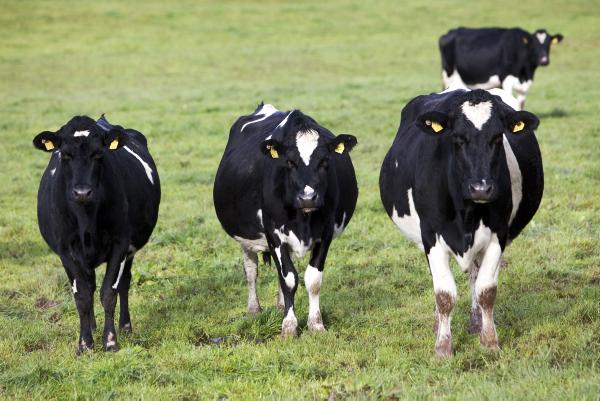

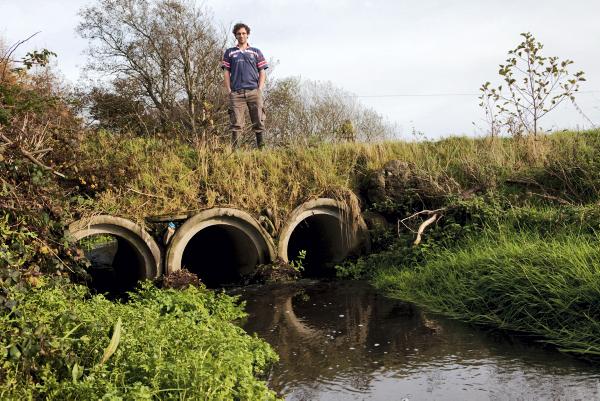
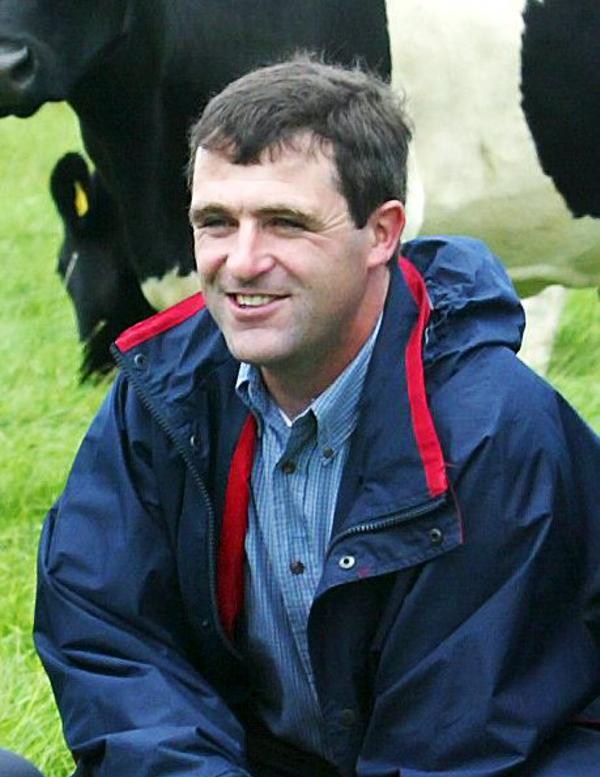
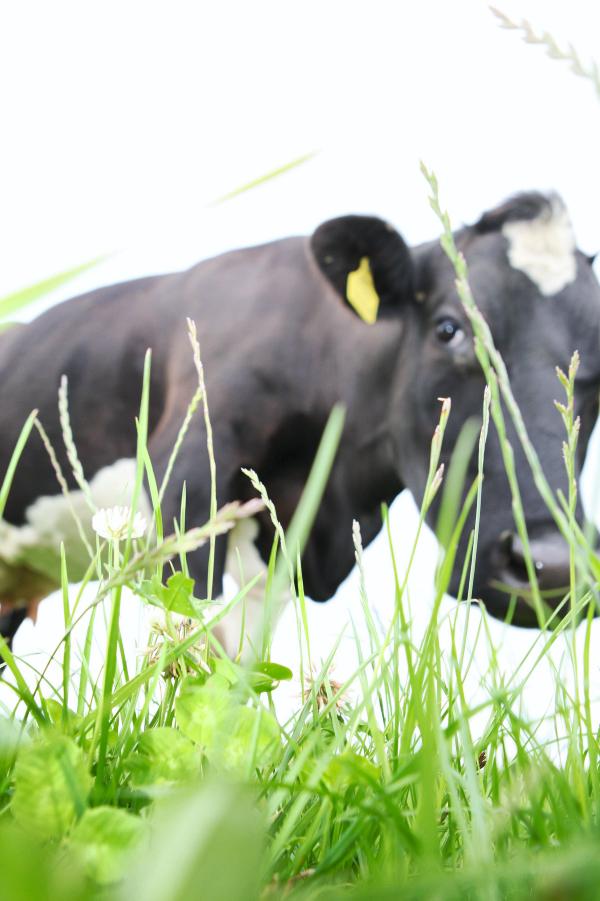

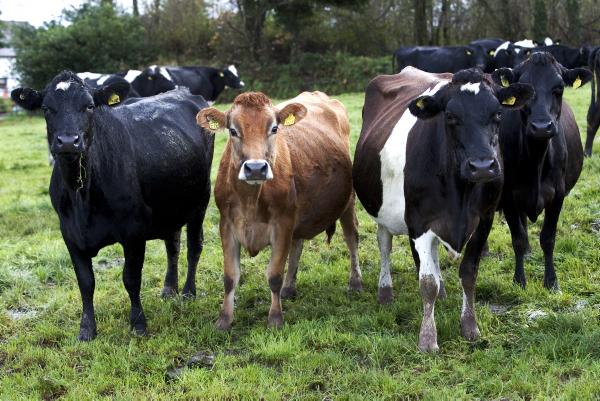


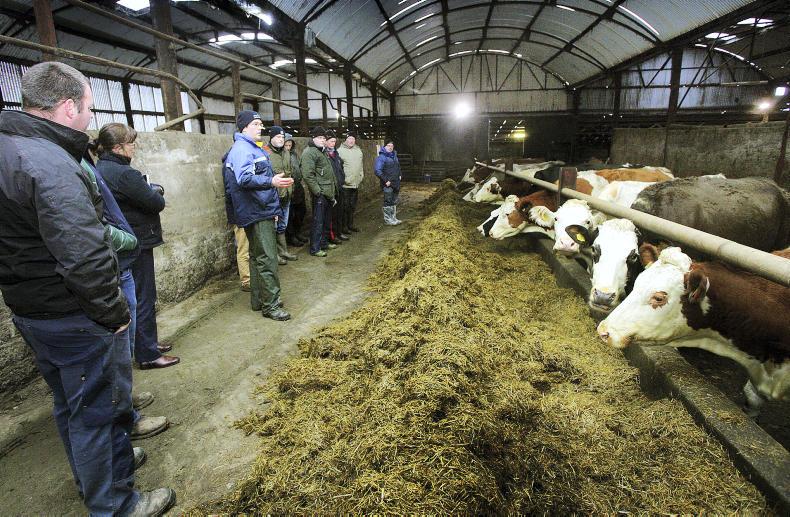
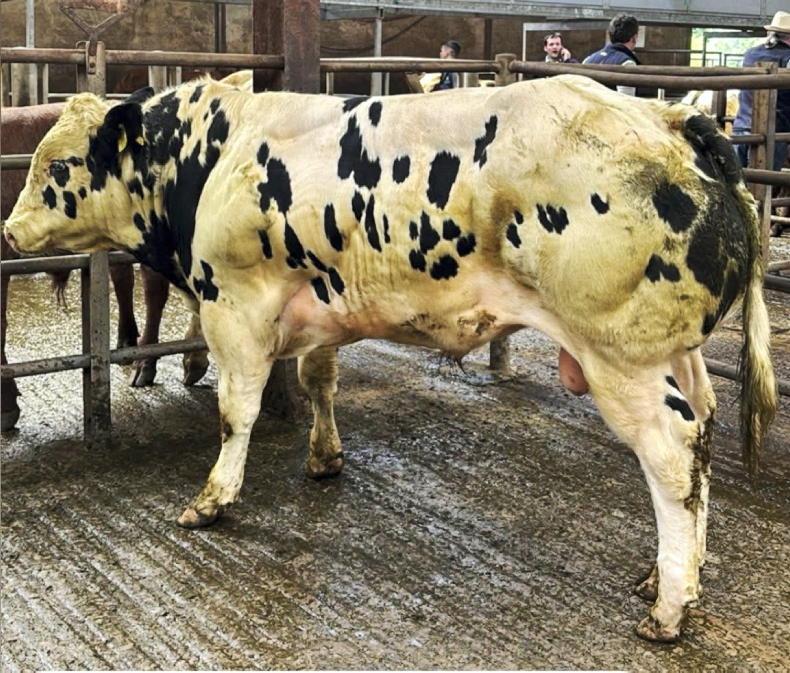
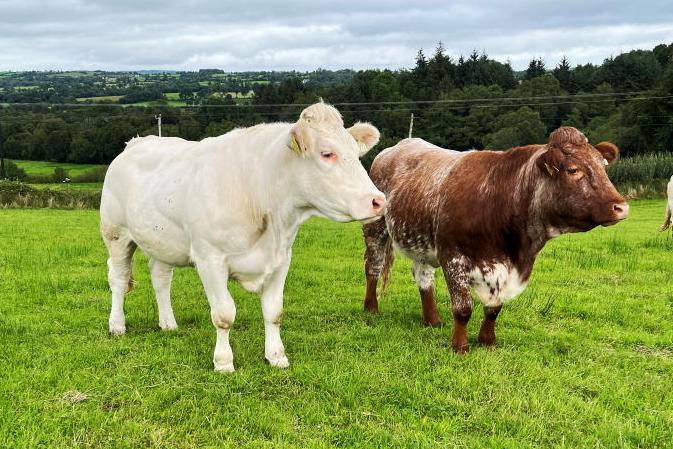
SHARING OPTIONS